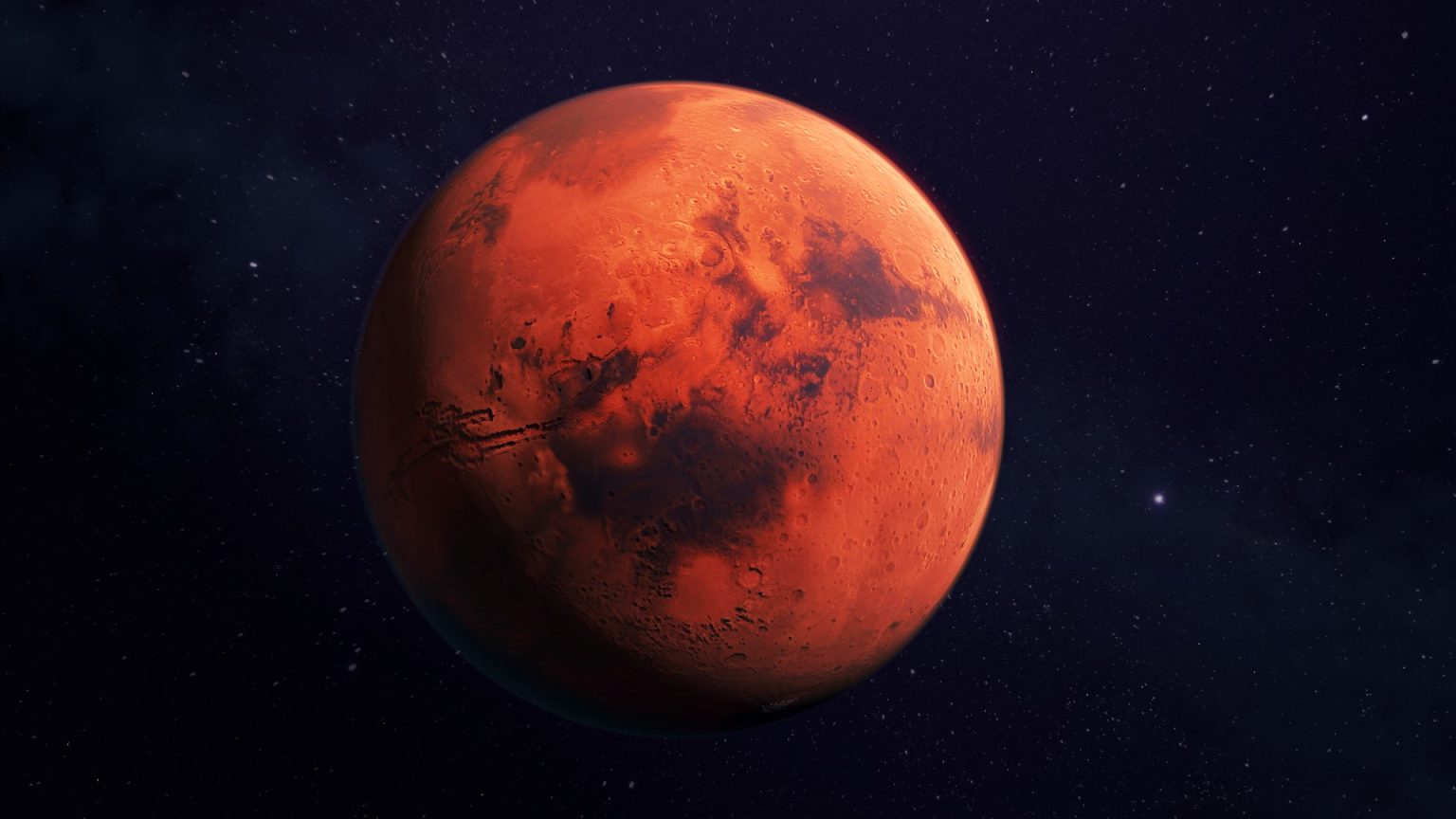Paragraph 1: The Celestial Dance of Mars and Earth
The cosmos presents a captivating spectacle on January 16th, as Mars reaches its peak brilliance and size for the next two years. This celestial event, known as opposition, occurs when Mars aligns on the same side of the Sun as Earth, minimizing the distance between the two planets. This close proximity, coupled with the full illumination of Mars’ surface by the Sun’s rays, creates an exceptionally bright and prominent display in the night sky. Mars oppositions are a relatively rare occurrence, happening roughly every two years, making this a noteworthy event for astronomy enthusiasts and casual sky gazers alike. The previous opposition took place in December 2022, highlighting the cyclical nature of this planetary alignment.
Paragraph 2: A Beacon in the Night Sky
During this opposition, Mars will shine with a magnitude of -1.4, rivaling the brilliance of Sirius, the brightest star in the night sky. This exceptional luminosity makes Mars easily visible even from light-polluted urban environments. While Mars is generally visible to the naked eye throughout the year, its brightness during opposition elevates it to a prominent celestial beacon. Despite its enhanced visibility, discerning surface details will still require the aid of a telescope. However, the naked eye view offers a stunning spectacle of the Red Planet’s fiery glow, a testament to its proximity and the Sun’s radiant illumination.
Paragraph 3: Observing the Red Planet
Locating Mars during this opposition is a relatively simple task, even for novice stargazers. As the sun sets, look towards the eastern horizon, where Mars will begin its ascent into the night sky. It will remain visible throughout the night, positioned near the constellation Gemini. For those unfamiliar with celestial navigation, smartphone apps like Night Sky can assist in locating Gemini and, consequently, Mars. As dawn approaches, Mars will transition to the southwestern sky, offering a final glimpse before yielding to the rising sun.
Paragraph 4: The Two-Year Cycle and Beyond
The cyclical nature of Mars oppositions dictates that the next opportunity to witness this celestial event will be on February 19th, 2027. This two-year interval is governed by the orbital periods of Earth and Mars around the Sun. Earth, with its faster orbit, completes a revolution in approximately 365 days, while Mars takes roughly 687 days. This difference in orbital speeds results in the periodic alignment that creates the opposition phenomenon. Each opposition presents a unique opportunity to observe Mars at its closest and brightest, offering valuable insights into its characteristics and behavior.
Paragraph 5: Mars in Context: A Member of Our Solar System
Mars holds a prominent position within our solar system, being the fourth planet from the Sun and Earth’s nearest planetary neighbor. Our solar system comprises nine planets, each with distinct characteristics and orbital patterns. Earth occupies the third position from the Sun, making it ideally situated for supporting life. The study of other planets, such as Mars, provides valuable comparative data and contributes to our understanding of planetary formation, evolution, and the potential for life beyond Earth.
Paragraph 6: Exploring the Mysteries of Mars and Beyond
The ongoing exploration of Mars, through robotic missions and telescopic observations, continues to unravel its mysteries. Questions about its past habitability, the presence of water, and the potential for extant life remain active areas of research. The observation of Mars during opposition provides an opportune time for both professional and amateur astronomers to contribute to this ongoing scientific endeavor. Beyond Mars, the exploration of our solar system continues to expand our knowledge of the diverse celestial bodies that share our cosmic neighborhood, from the scorching heat of Mercury to the icy depths of Neptune, each planet offers unique insights into the vastness and complexity of the universe.




